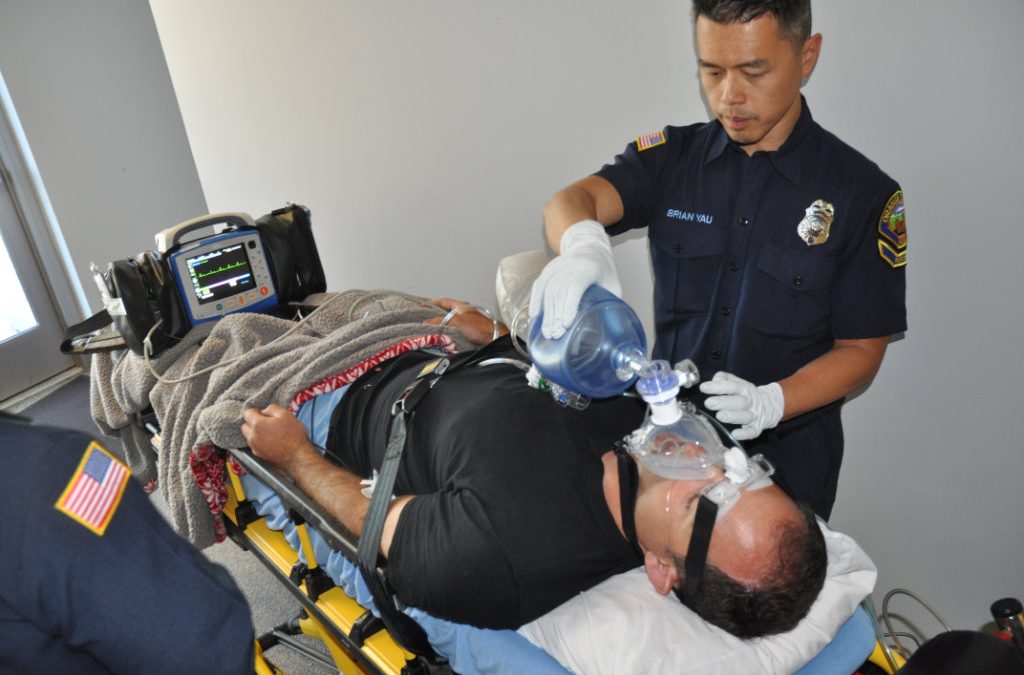
by clairekeighley | Dec 10, 2019 | News
The Agency for Healthcare Research and Quality (AHRQ), in partnership with the NHTSA Office of EMS, has released draft questions that will guide a subsequent review related to prehospital airway management.
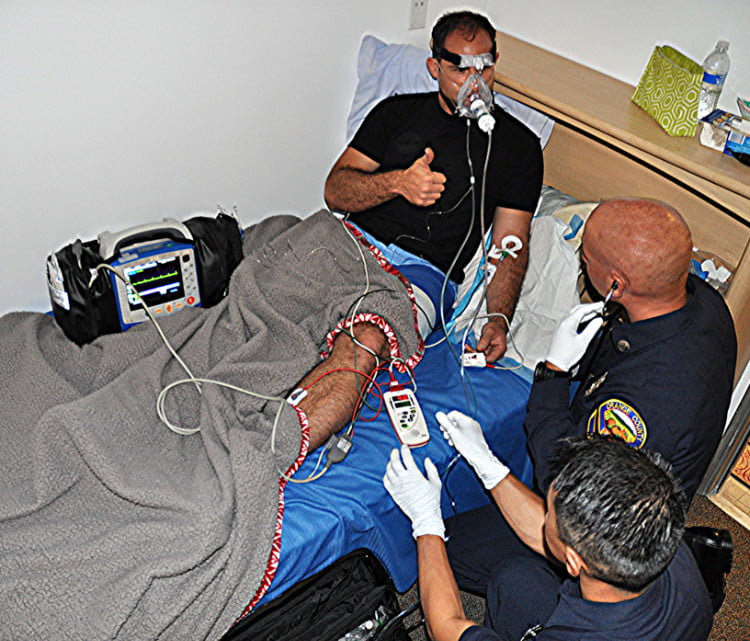
by Mike McEvoy, PhD, NRP, RN, CCRN | Dec 2, 2019 | Articles, Featured Articles
Once you’ve decided to use CPAP, and convinced your patient to cooperate, you’ll need to monitor the effectiveness of CPAP. It may be necessary to adjust your CPAP pressure, resolve significant mask leaks, reassure your patient or progress to assisted ventilation when CPAP fails.
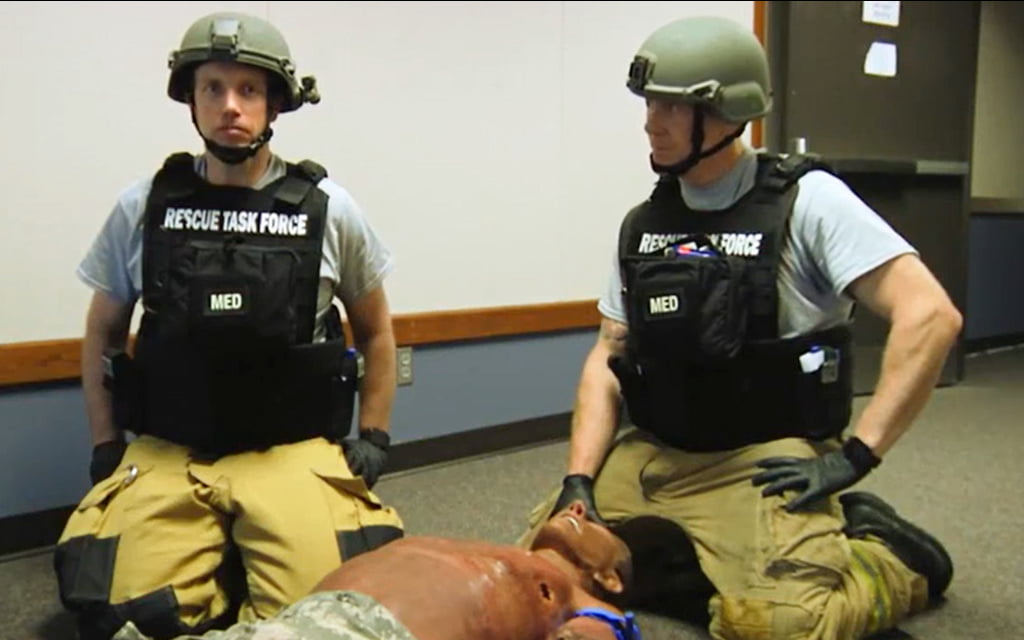
by Mike Brown and Mark Litwinko | Nov 15, 2019 | Featured Articles, Videos
Mike Brown and Mark Litwinko discuss dealing with a patient who has a chest wound during a mass-casualty incident.
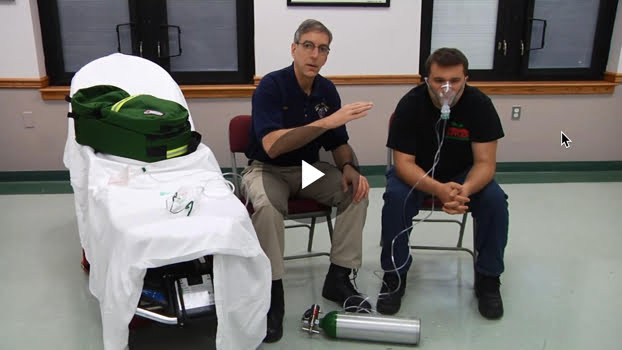
by Mike McEvoy, PhD, NRP, RN, CCRN | Oct 25, 2019 | Featured Articles, Videos
Mike McEvoy shares some tips on delivering medicine to a patient for using a small-volume nebulizer.
by Troy Valente | Oct 10, 2019 | EMSAirway Premium
The word “capnography” is derived from a Latin twist based on an original Greek concept. The Greeks first wrote about combustion centers throughout the body that they said released a byproduct called “Kapnos,” or in Latin, “Capnos”; both are words for...
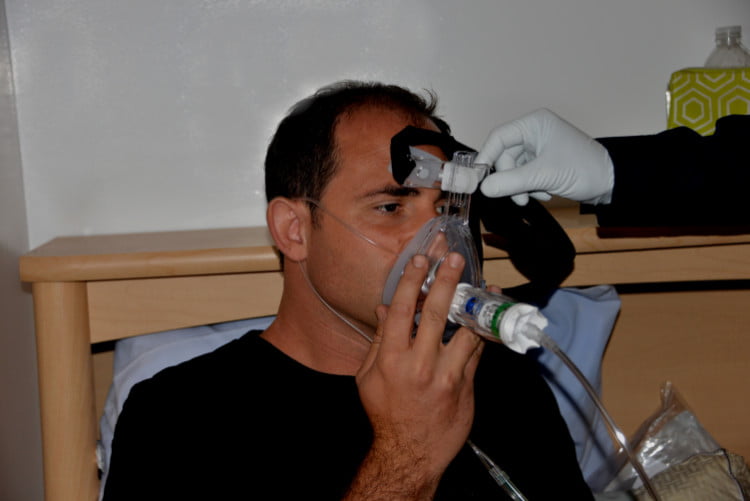
by Mike McEvoy, PhD, NRP, RN, CCRN | Oct 9, 2019 | Articles, Featured Articles
The art of selling CPAP to a patient can make or break chances for success.
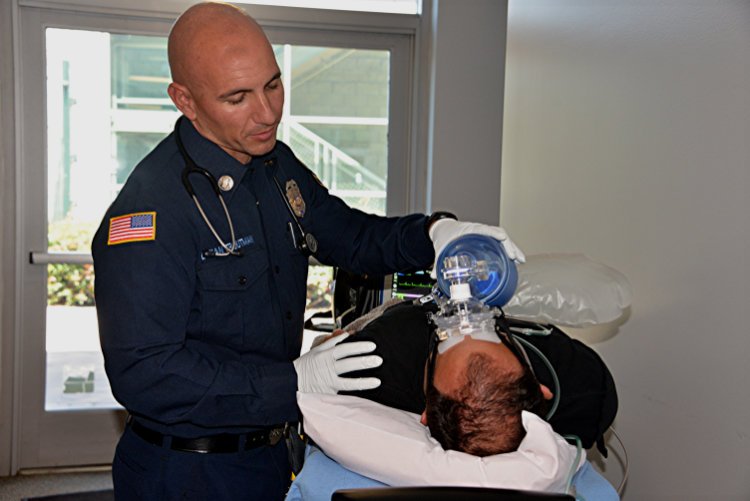
by Steven C. LeCroy, MA, CRTT, EMT-P | Sep 26, 2019 | Articles, Featured Articles
Although the device still works as designed, is still in service and being used by well-intentioned clinicians, it should be on the shelf with the Medical Anti-Shock Trousers, LifePak 5 and Biophone. While change is sometimes slow, and healthcare providers can be described as conservatively fixed, lung protective ventilation is the current standard of care.
by Troy Valente | Sep 25, 2019 | EMSAirway Premium
The capnography waveform, not the ETCO2 number, is used for airway assessment. If the patient ventilates, or you ventilate the patient, and a boxy waveform appears, then that breath is patent and went in and out of the lungs unobstructed. When your patient...
by Troy Valente | Sep 25, 2019 | EMSAirway Premium
Capnography is the only tool in the universe that is non-invasive, in real time and simultaneously assesses a patient’s airway patency, quality of breathing, perfusion/shock status and metabolic state. How does it work? What does the waveform tell you vs....
by Troy Valente | Sep 25, 2019 | EMSAirway Premium
While quantitative waveform capnography and pulse oximetry are both infrared technologies and may seem like similar measurements, they assess very different things. Capnography is a direct measurement of ventilation and, indirectly, circulatory and metabolic...








Recent Comments